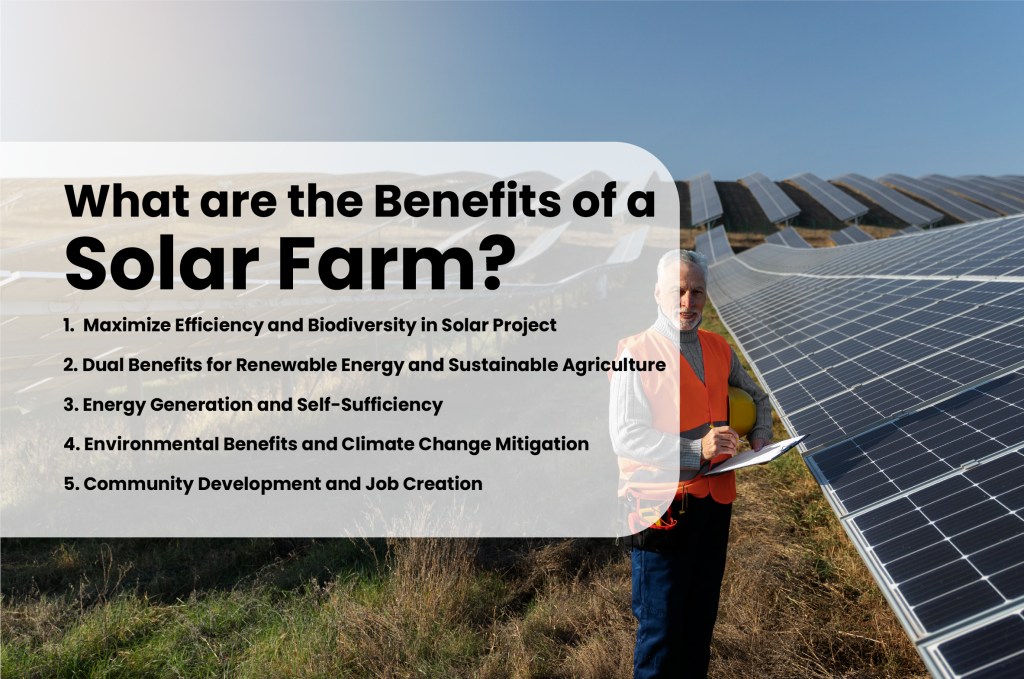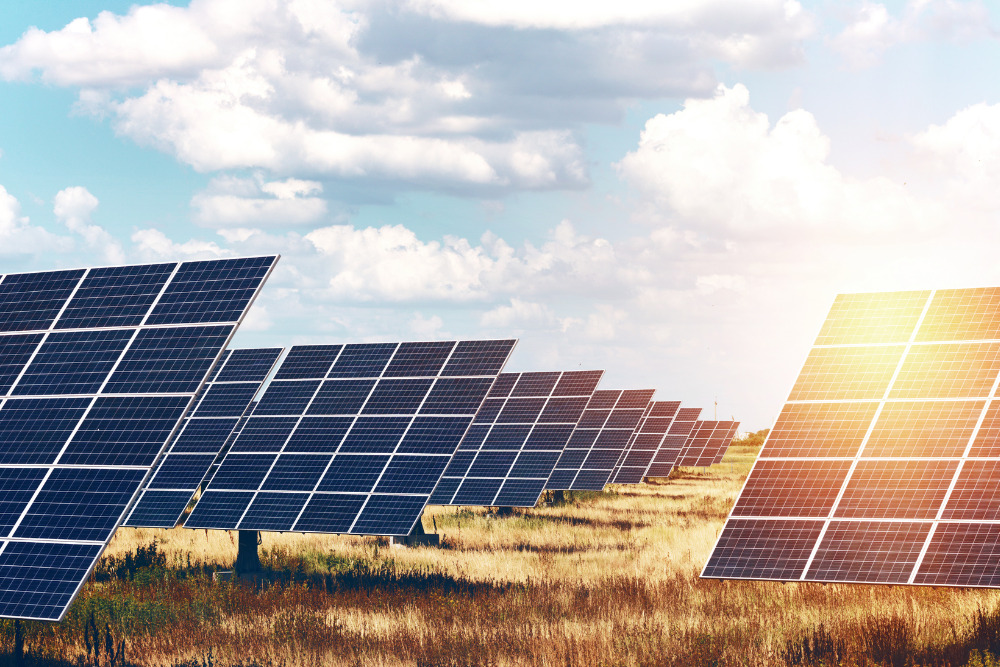Solar Power 101: A Newbie's Overview to Sustainable Energy Solutions
As the world progressively moves towards lasting power services, comprehending the principles of solar power becomes vital for both people and services. This overview supplies a thorough introduction of solar energy, detailing the different systems offered and the mechanisms behind their operation. By exploring the benefits of solar technology, together with the monetary incentives and installation procedures, one can obtain a clearer perspective on just how to efficiently integrate this renewable energy into their power approach. Nevertheless, the journey towards taking on solar energy invites additional evaluation of the challenges and factors to consider that come with it.
Comprehending Solar Power
At its core, comprehending solar power includes grasping the basic principles of just how sunlight can be transformed right into usable power. Solar power is obtained from the sunlight's radiation, which can be utilized through numerous modern technologies.

Comprehending solar power likewise entails recognizing its environmental advantages. By utilizing sunlight, we can minimize greenhouse gas exhausts and decrease air contamination, adding to a much more sustainable future. The advancements in innovation and efficiency of solar systems proceed to improve their stability, making solar power a progressively appealing alternative for international energy needs.
Kinds Of Solar Power Systems
Various types of solar power systems are commonly used to harness solar power for electrical power generation. The primary categories include photovoltaic (PV) systems, focusing solar energy (CSP) systems, and solar thermal systems.
Solar systems make use of photovoltaic panels made up of silicon cells that transform sunlight directly right into electricity. These systems are flexible and can be installed on rooftops, ground installs, or integrated right into building materials.
Concentrating Solar Power systems, on the various other hand, use mirrors or lenses to concentrate sunlight onto a small location, creating warmth that drives a vapor generator to generate power - Simply Solar Illinois. CSP systems are normally deployed in massive nuclear power plant and require direct sunshine, making them much less appropriate for gloomy areas

Each type of solar energy system has its one-of-a-kind attributes, applications, and suitability relying on geographic area, energy demands, and budget plan, making it vital to evaluate choices based on certain circumstances. - Simply Solar Illinois

Benefits of Solar Energy
Taking advantage of solar power through different systems not only provides a lasting means to generate electricity yet additionally supplies a plethora of benefits. One of the most significant benefits is the decrease in greenhouse gas discharges, contributing to a cleaner setting and combating environment modification. Solar power is renewable, implying it is inexhaustible and available as long as the sun beams, unlike nonrenewable fuel sources, which are finite and depleting.
Additionally, solar power can lead to significant price savings over time. House owners and businesses can minimize their electricity expenses substantially, and in many instances, they may gain credit scores for excess power created via web metering. In addition, the solar sector produces jobs, from manufacturing to installment, stimulating local economic climates.
Another engaging benefit is power freedom. By creating their very own electricity, people and areas can reduce dependence on external power resources, boosting strength versus rising and fall power rates and supply interruptions. Solar energy systems require minimal upkeep, making them a convenient option for lasting power generation.
Installation Process Summary
The installation process for solar power systems commonly involves a number of essential actions that make certain efficient assimilation right into a building. Initially, a comprehensive website evaluation is conducted to evaluate the roofing's alignment, shading, and structural integrity, which are important to optimizing photovoltaic panel performance. Following this assessment, the design phase starts, where a customized solar power system is set up based on the property owner's power needs and preferences.
As soon as the style is settled, the required authorizations and authorizations are acquired from local authorities, making certain compliance with laws. The actual installment involves installing the solar panels on the roofing or ground, linking them to an inverter, and integrating the system with the property's electrical configuration. This phase may additionally include mounting battery storage space systems, depending upon the design.
With the setup complete, the solar energy system can begin producing renewable power, contributing home to sustainability and reducing utility costs. This organized technique ensures that solar systems are both effective and click for more dependable, maximizing their lasting benefits.
Financial Rewards and Financial Savings
Exploring the monetary rewards and cost savings related to solar energy systems can significantly boost the allure of making the button to sustainable power. Numerous incentives exist at government, state, and neighborhood degrees, designed to decrease the preliminary costs linked with solar installation. Among one of the most noteworthy incentives is the government solar tax debt, which permits house owners to deduct a percent of their solar system installation expenses from their government tax obligations. Since 2023, this debt stands at 30%, offering significant cost savings.
In enhancement to tax obligation credit reports, several states provide refunds that can even more decrease in advance expenses. Some energy firms additionally supply performance-based motivations, rewarding solar energy production with time. Financing alternatives, such as solar fundings and leases, permit customers to mount systems with little to no down settlement, making solar energy extra easily accessible.

Furthermore, solar systems can increase residential or commercial property worths, providing a solid return on investment. In general, the mix of incentives and savings makes solar energy a financially eye-catching choice for lots of houses.
Final Thought
In verdict, solar energy stands for a vital component of sustainable energy remedies, offering a path toward minimized carbon impacts find here and boosted environmental protection. The diverse types of solar energy systems, paired with substantial economic incentives, help with wider adoption amongst individuals and areas. Comprehending the installation procedures and benefits associated with solar power empowers stakeholders to make informed choices. Eventually, the shift to solar power not only fosters ecological responsibility yet also promotes financial cost savings and power self-reliance.